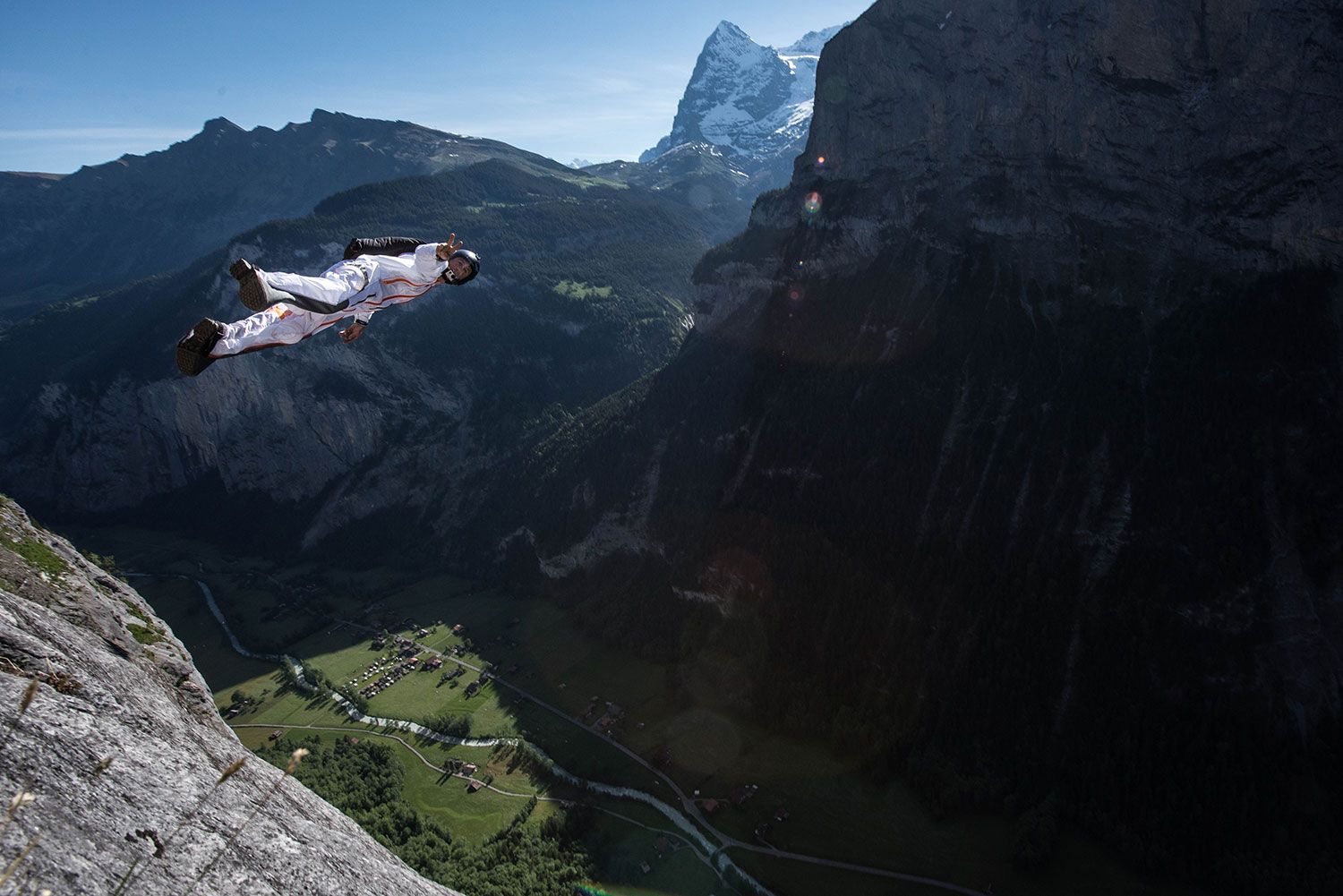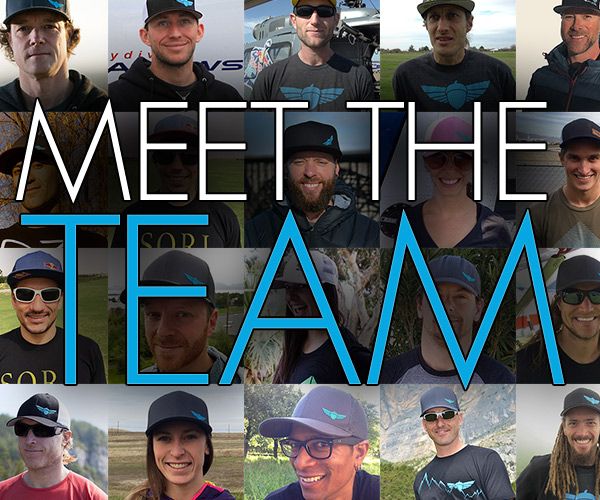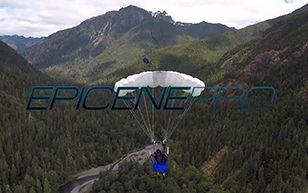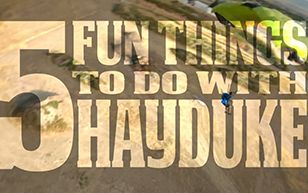BASE Gear - Part 2: Choosing training and gear.
Pre-BASE Training:
Learning to BASE jump while learning to fly a BASE canopy at the same time is too much for many people, even if they don’t realize it. If you show up to your first BASE object (a bridge, hopefully) knowing where in the control range your parachute stalls, how to complete a rapid 180 degree turn using risers or brakes, and how to stomp the spot after a steep or flat approach, you’ll be way ahead of the game. Throw some packing skills on top of all that and you’re going to get much more out of your first few jumps, when many new jumpers are fumbling through their packing and landing in the bushes.
How do you do this? Take a course that is designed to prepare you for your first BASE jumps.

Even if you don’t take any sort of pre-BASE course, at least skydive your BASE canopy. Again, see part 1 for more on this. Every hop-and-pop at your home DZ will give you 10x as much airtime to learn your parachute. Take advantage of this time and altitude and get aggressive with your parachute, so you can experience the full control range. But when you’re getting advice on the DZ, keep in mind that having a few BASE jumps and really knowing how to fly a BASE canopy are two different things.
Learning to BASE Jump
When you’re considering FJCs, Do some research before you commit and ask about what is covered in the course, how long it lasts, and where it will take place.
Commercial FJC, or Mentor? I strongly recommend taking the time to find the best example of both. Get a mentor, and take a good FJC. The FJC will miss things, and your mentor will miss things, and there are things you need to know that will inevitably be missing from both. Get all the help you can and try to absorb every piece of information from the experienced jumpers that you come into contact with, and then decide what works for you.
For better or worse, BASE has become an industry. Even if it’s a small one, there are people who are financially invested in giving you brand-specific advice.

What gear to get:
Some basic tips:











